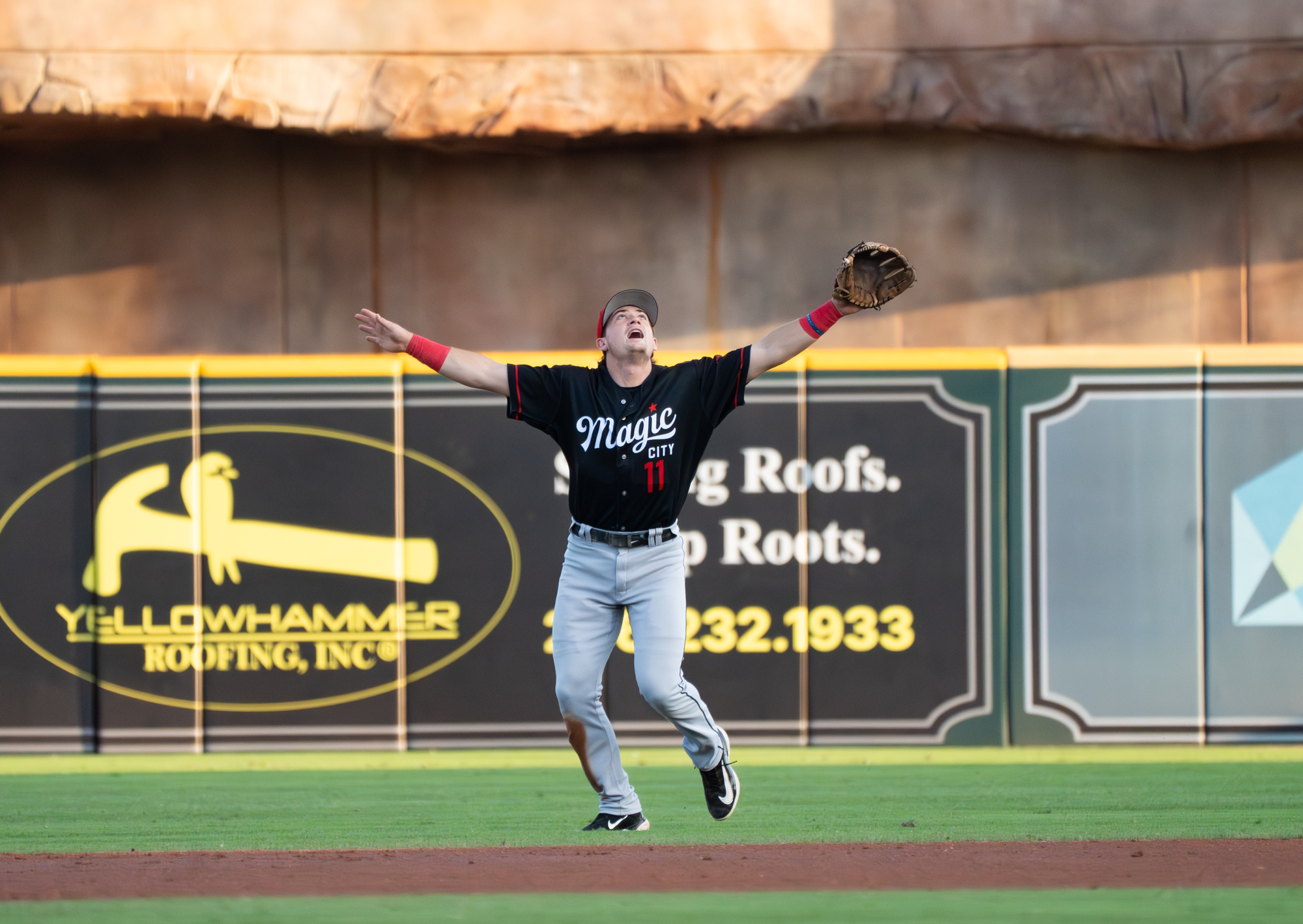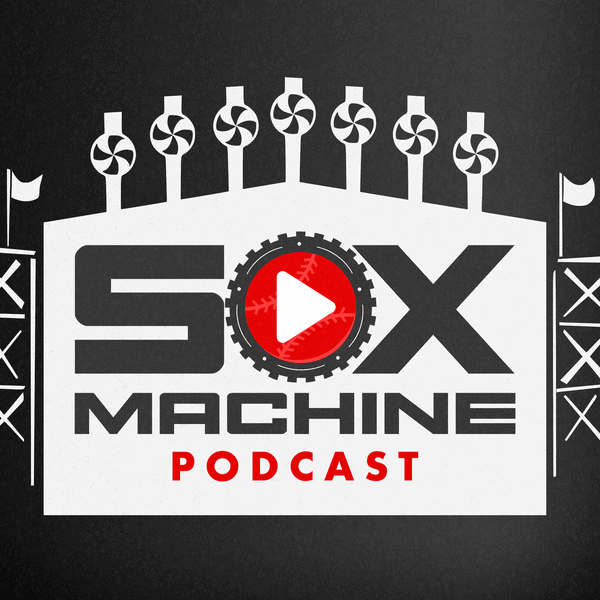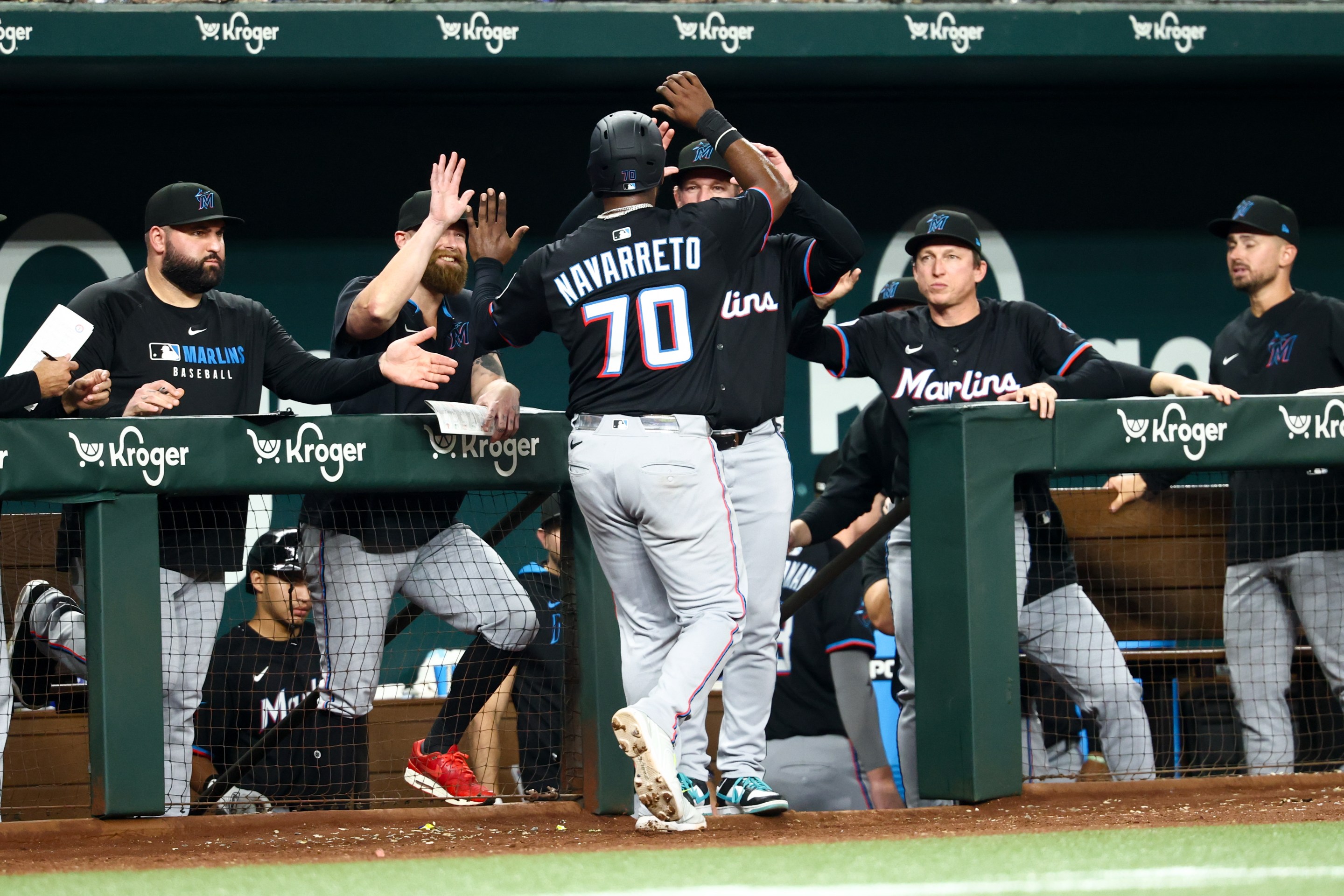He signed the summer before, but Lenyn Sosa's professional career otherwise lines up with Chris Getz's tenure in the White Sox front office. Getz's first year as the organization's farm director in 2017 saw Sosa debut as a skinny 17-year-old shortstop fresh out of Venezuela whose complex league stat line stood out for the most rudimentary reasons.
"He's always had contact ability," Getz said. "When we were around him at 17 years old, I mean, there were always a lot of positives. You could tell he was a guy that was looking forward to getting in the box. That's a good sign. Not everyone had that trait about them. But we've always believed in the player, and most importantly he's believed in himself."
In many ways, Sosa's present at age 25 can obscure his origins.
His contact skills are still evident in his 22.1 percent career strikeout rate, because someone with merely average bat-to-ball ability would be completely sunk by the aggression (41.2 percent career chase rate) that is a hallmark of Sosa's offensive game. His 2022 big league debut came after he had transformed his body and swing, both filling out his lower half and loading into his back hip to develop more power. His torrid stretch since the All-Star break, which has seen him hit .289/.336/.526 with seven home runs in 26 games, has similarly stood out for its pop.
But considering this emergence of pull-side power has turned a year that could have been Sosa's South Side swan song -- after being sent down to Triple-A eight separate times over the last three seasons, he's out of options in 2025 -- into one where he's bulldozed his way into the regular big league playing time that's eluded him for years, perhaps it's a testament to his self-belief.
"I've been working on that for a very long time, for the last two or three years," Sosa said via interpreter of his work to catch the ball out front. "But everything takes time, right? Now we're seeing those results, but the work started a long time ago."
Everything does take time, but Sosa's offensive progression has taken the adage of player development isn't linear and seemingly merged it with the night is darkest just before the dawn. After slashing .373/.398/.566 last September, albeit with an inflated BABIP and his typically gnarly strikeout-to-walk ratio, and immolating the Venezuelan Winter League (slugging .765 over 25 games), Sosa entered spring convinced he was finally positioned to stick.
His option status certainly provided an extra reason for assurance, and remains a relevant item as the White Sox try to accommodate playing time for Sosa, Curtis Mead and Chase Meidroth. But Sosa dove into using the Trajekt machine in spring to improve his traditionally suspect plate discipline and secured a roster spot with a performance that saw him walk as many times (5) in Cactus League as any single month of the 2024 season. The straightforward explanation he provided for embracing the new tech could double as ad copy for the machine.
"It can help me a lot because I'm basically facing the pitcher I'm going to face that day, and that gives you a better understanding of how his pitches move and all his stuff, and puts you in a better position to face the pitcher during the game," Sosa said via interpreter in spring.
And at the 45-game mark of his season, Sosa was swinging at an unthinkable 49.1 percent of pitches outside of the strike zone per Statcast. Merging his contact skills with a horrible diet of swing decisions was producing the brand of offense that could see him lead the team in hits and also provide replacement-level production: .265/.283/.368.
Paired with defensive foibles that have seen him slide all the way down the infield spectrum, with Defensive Runs Saved (DRS) pillorying his work at second base this year (-8), Sosa's worst moments can make his on-field decision-making look too reactive for him to ever thrive at the major league level. He's familiar with those moments too, having lived through them, but has decided against them taking up permanent residence in any stage of his development.
"The most important thing for us as major league players is our capacity to bounce back," Sosa said via interpreter. "If you have a bad game, if you have a bad at-bat, if you make a mistake, you have to be able to put that in the past right away and focus on what's next. If you're able to do that, which I have been and it's one of the reasons I feel like I belong here -- not just because of the results but because I've been able to control that -- that's the key."
Since that 45-game point, Sosa has now hit .278/.314/.496 (121 wRC+) with a comfortably above-average 46.4 percent hard-hit rate over a meaningful sample of 245 plate appearances. His 37.2 percent chase rate over that span is both a massive improvement, and roughly about as aggressive as Luis Robert Jr. when he was a rookie. That puts him firmly in a territory where he'll still produce at-bats too kamikaze in nature to resemble someone who is locked in, but just measured enough that his manager can start pulling out some logical threads while observing them in bulk.
"He regulates it," Will Venable said. "We know he's aggressive and we know there's chase in there, but we've seen early in the count where he takes a step back and gathers information and might seem passive early in the count, even getting to two strikes, then doing damage after two strikes. For him, it's balancing that out day to day, at-bat to at-bat, knowing he's ready to go but knowing when it's time to kind of scale back and get some information and see some pitches."
Obviously that balance is always going to be tenuous. It's hard for a hitter this aggressive to avoid streaky production. Nothing puts that to the test quite like preparing an article about Sosa, only to watch him post his first three-strikeout in almost two months, followed by back-to-back showings where he homers but it's also his only hit of the game. The instability of his defensive home, lack of minor league options and arbitration eligibility after 2026 makes it hard to discern if he'll be traded in the offseason to clear a logjam, or make a surprise appearance for the Savannah Bananas at wherever the Sox are playing in 2048.
While the first half of this past White Sox season saw an under-talented offensive group wrest meager gains from being more patient and disciplined, the second half has been dedicated to trying to convince opposing teams that they are aggressive enough to punish attempts to challenge them in the strike zone.
In that second goal, Sosa can find a fit for his skill set quite easily. He's not a perfect player, nor even a model for others to follow, but there will be no uniform way to attack a White Sox lineup so long as he's involved. If the end goal in spamming offspeed pitches is always to make hitters hesitant, and eventually get them off fastball timing, Sosa's purpose is simply to be the one who never stops charging ahead.
"The pitchers know that I'm aggressive, they're going to try to get me chasing," Sosa said. "At the same time, I know that being aggressive is going to put me in an advantage position against them. I haven't lost my aggressiveness and I obviously use it to my advantage."
It's gotten him this far. He's been slowed, but he's never been stopped, and while unstoppable is usually reserved for more dominant, dynamic displays of baseball force, it's only befitting of Sosa when it's achieved by grudging admission.






